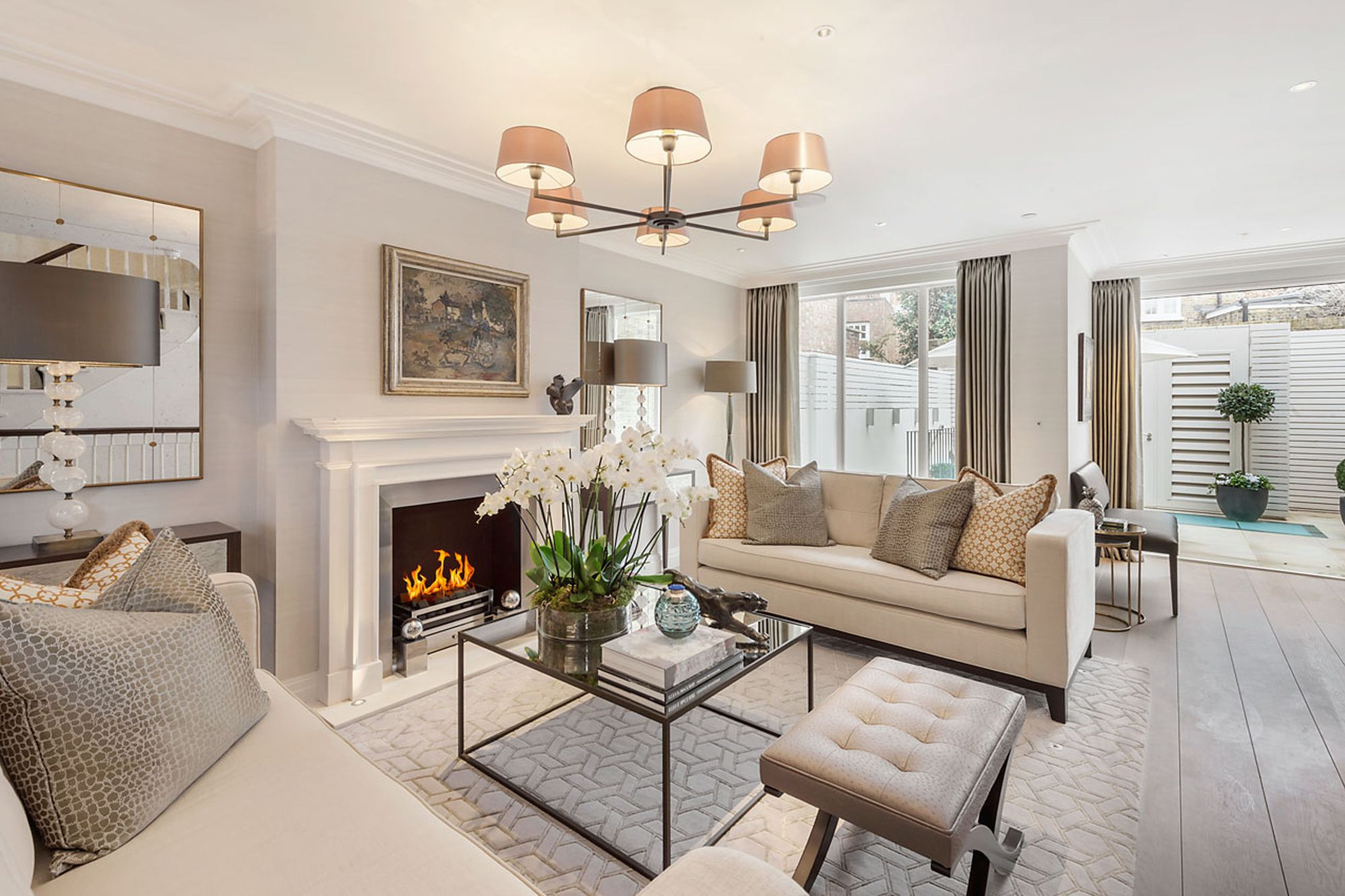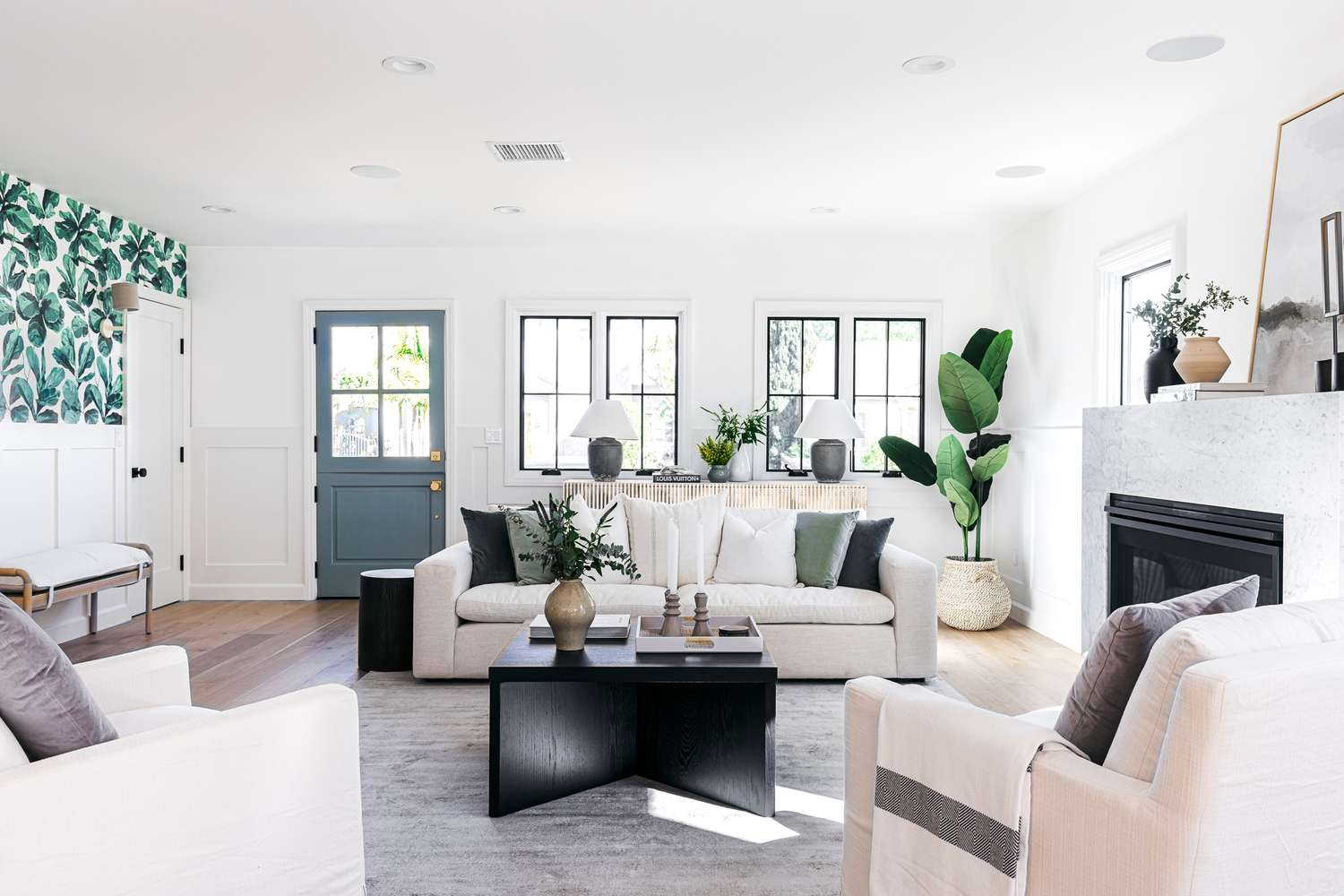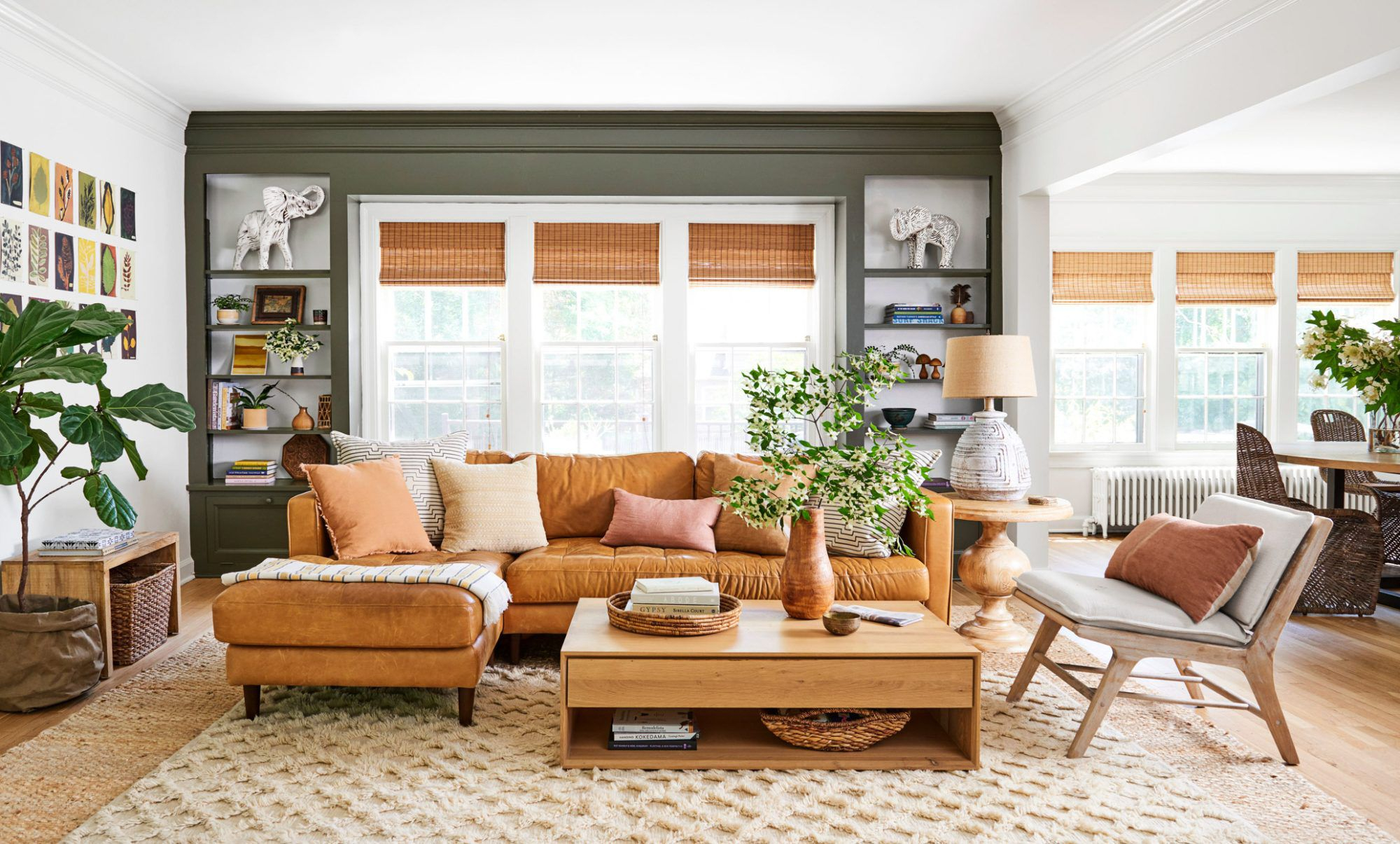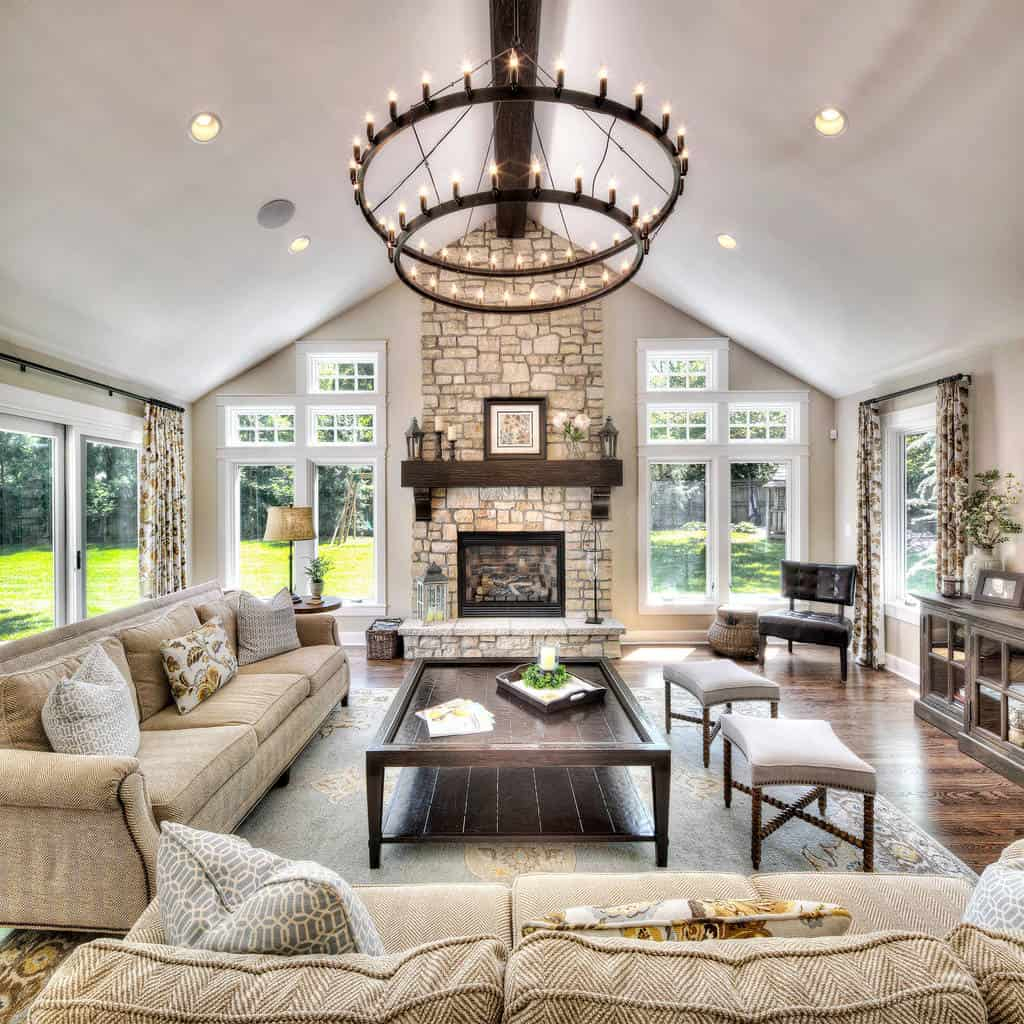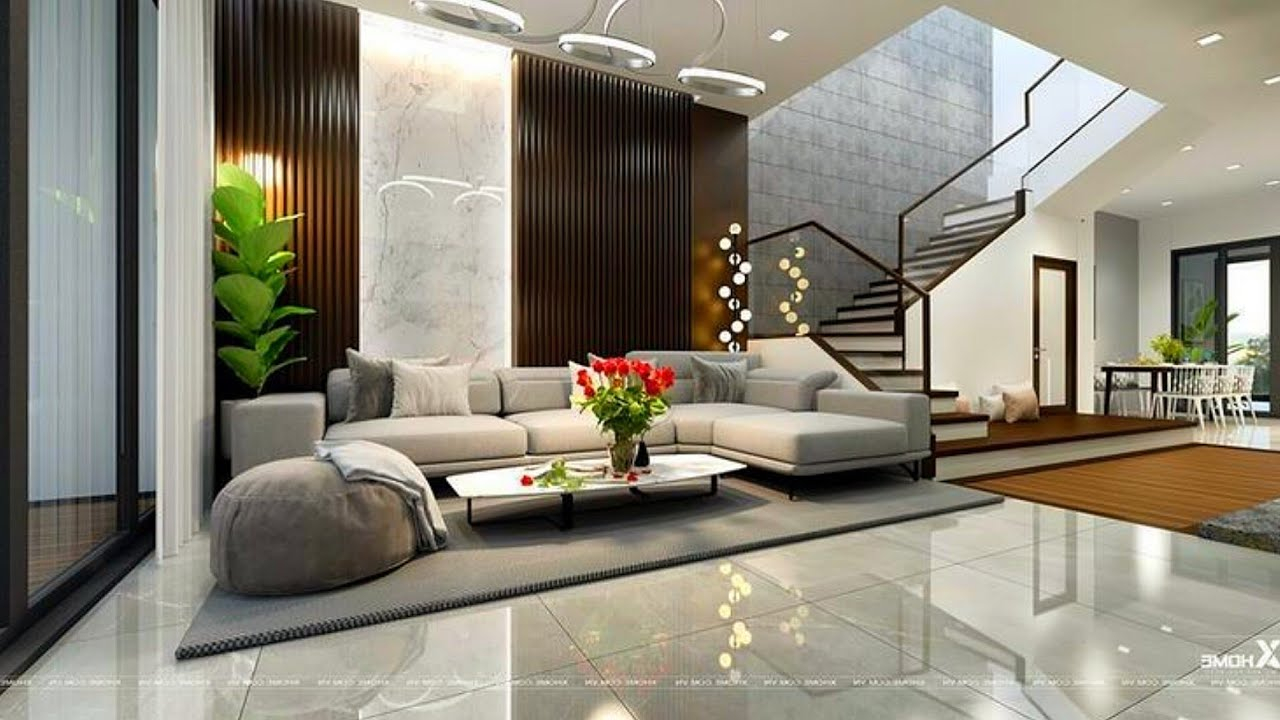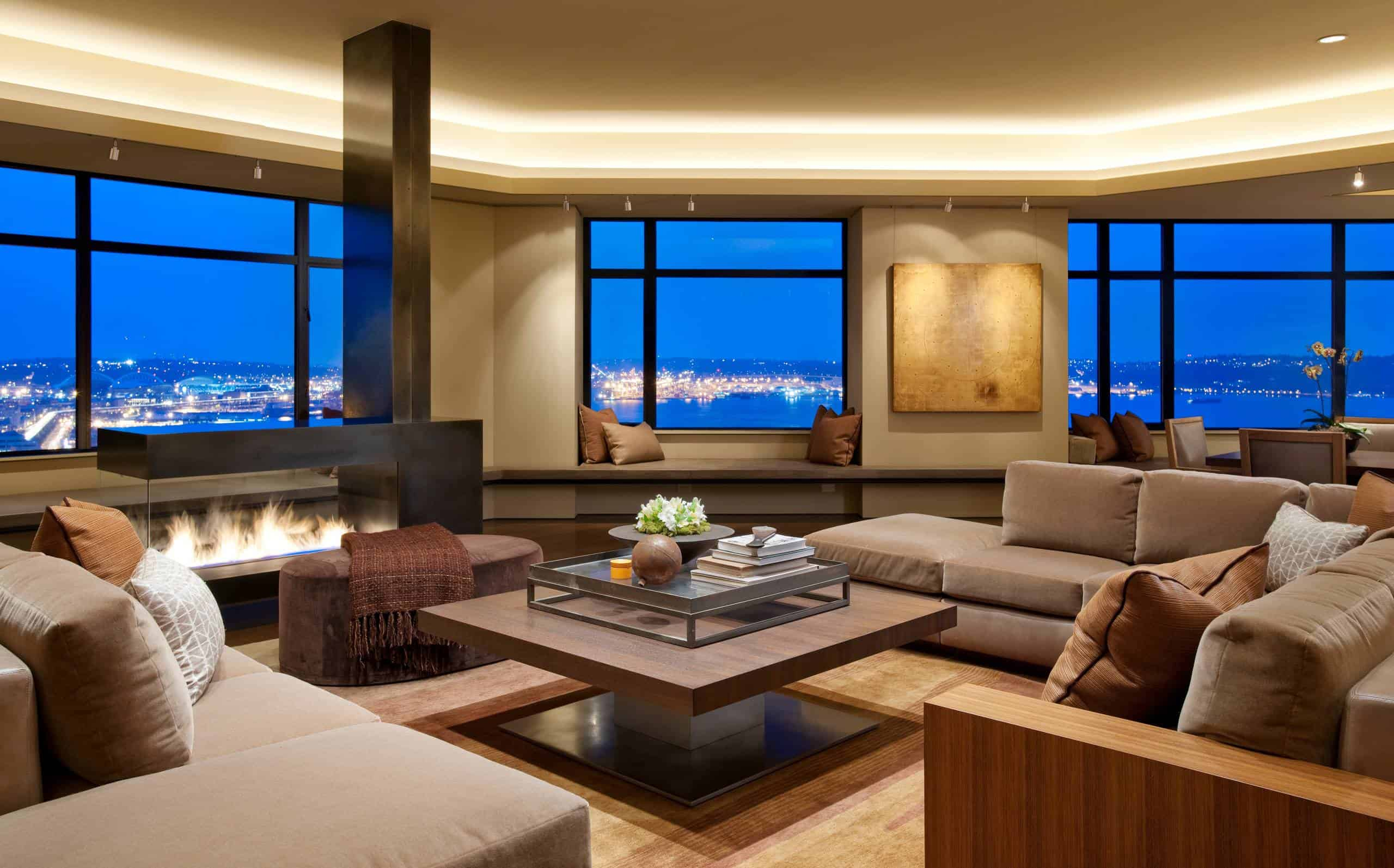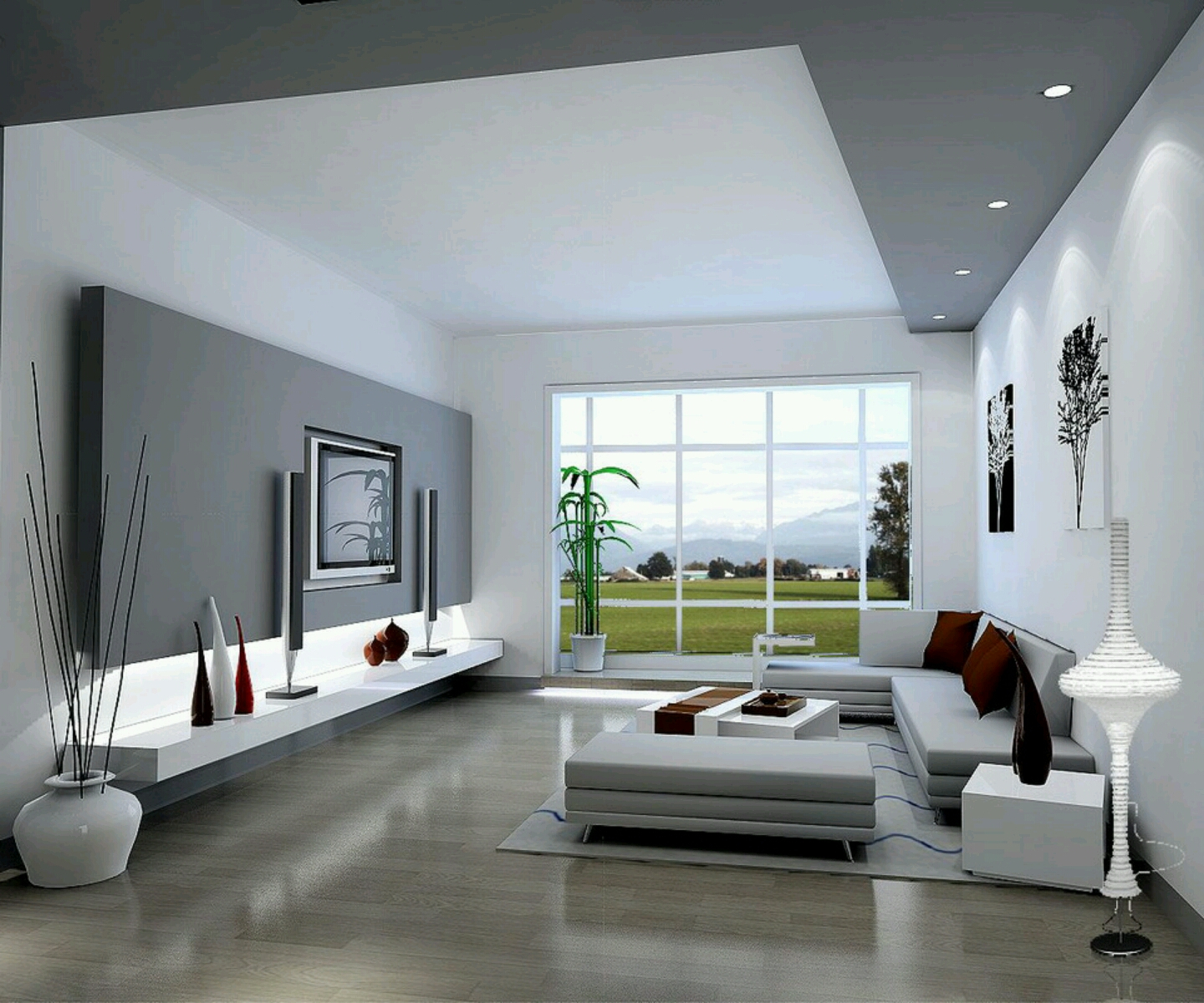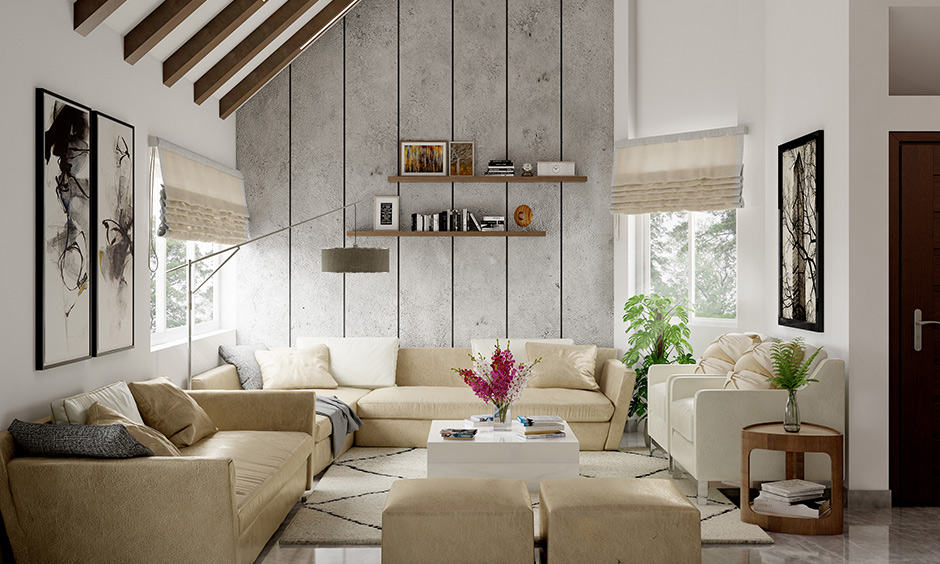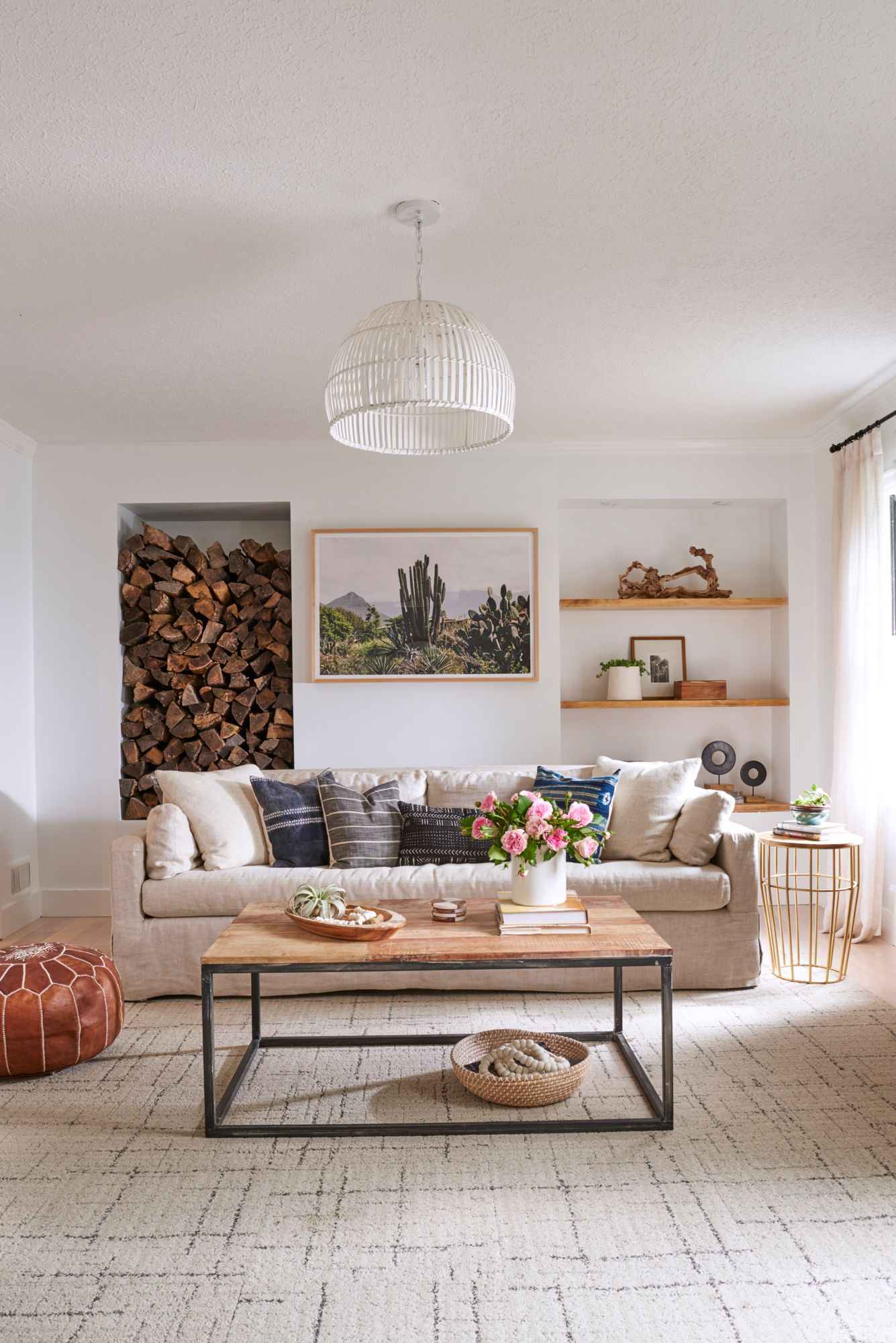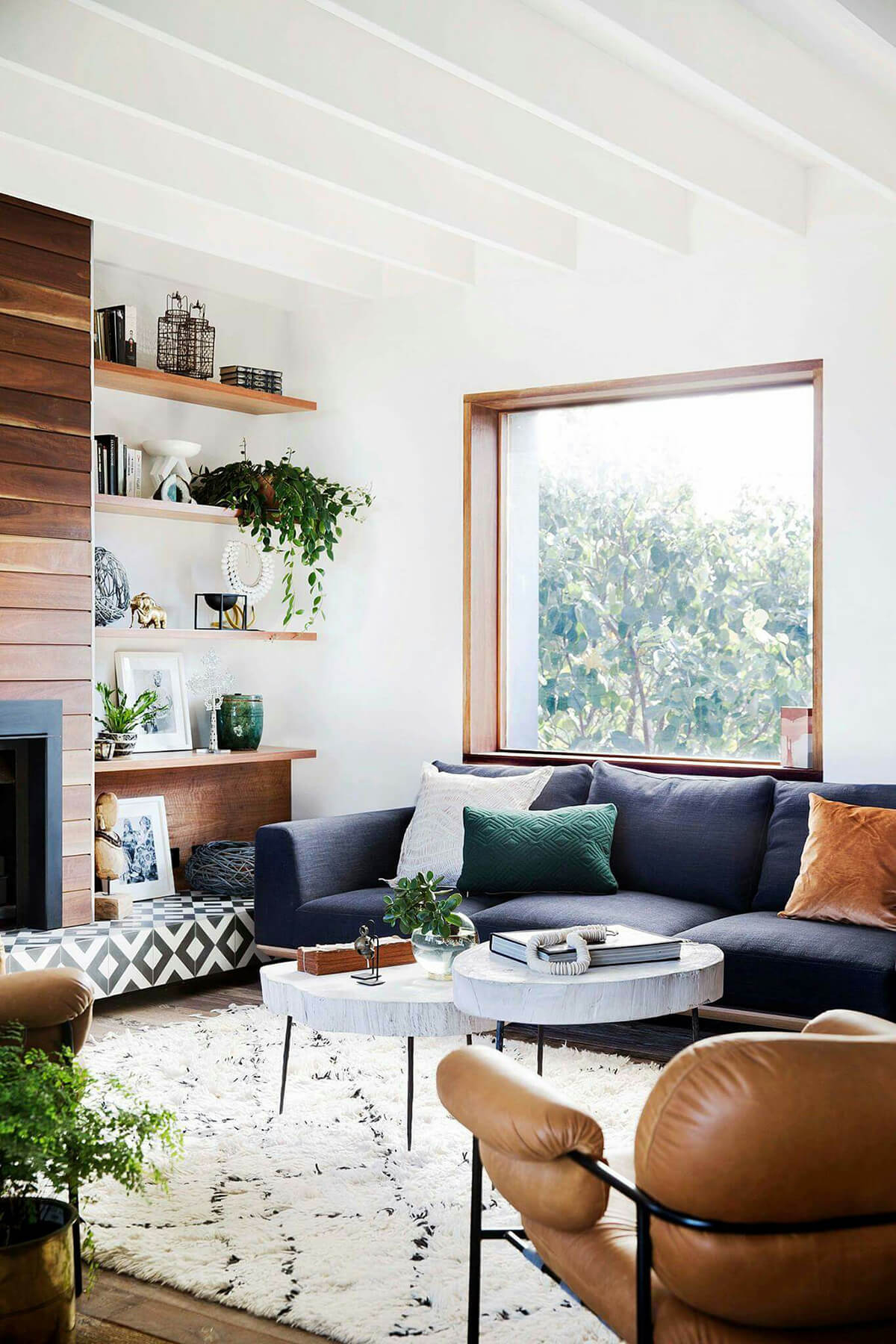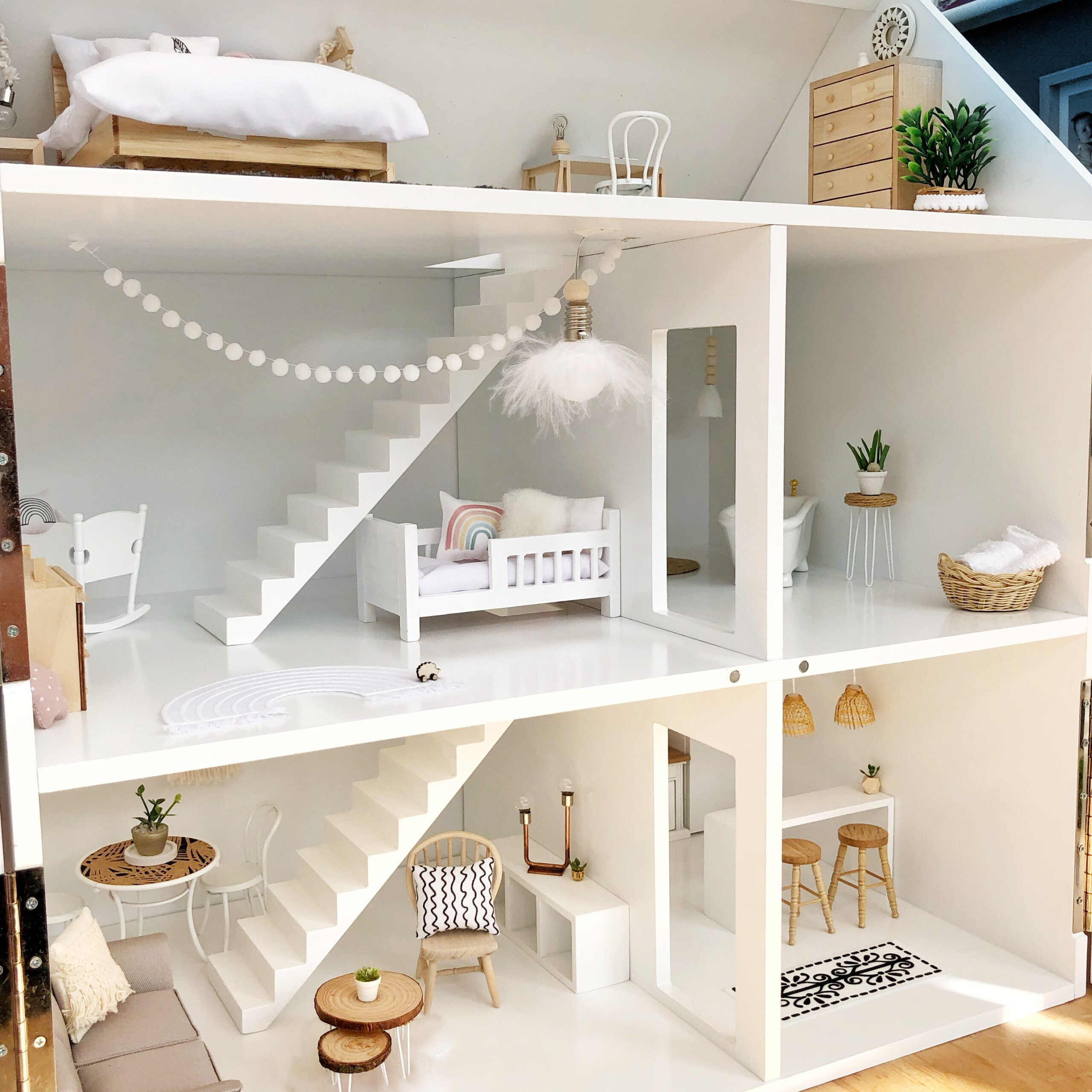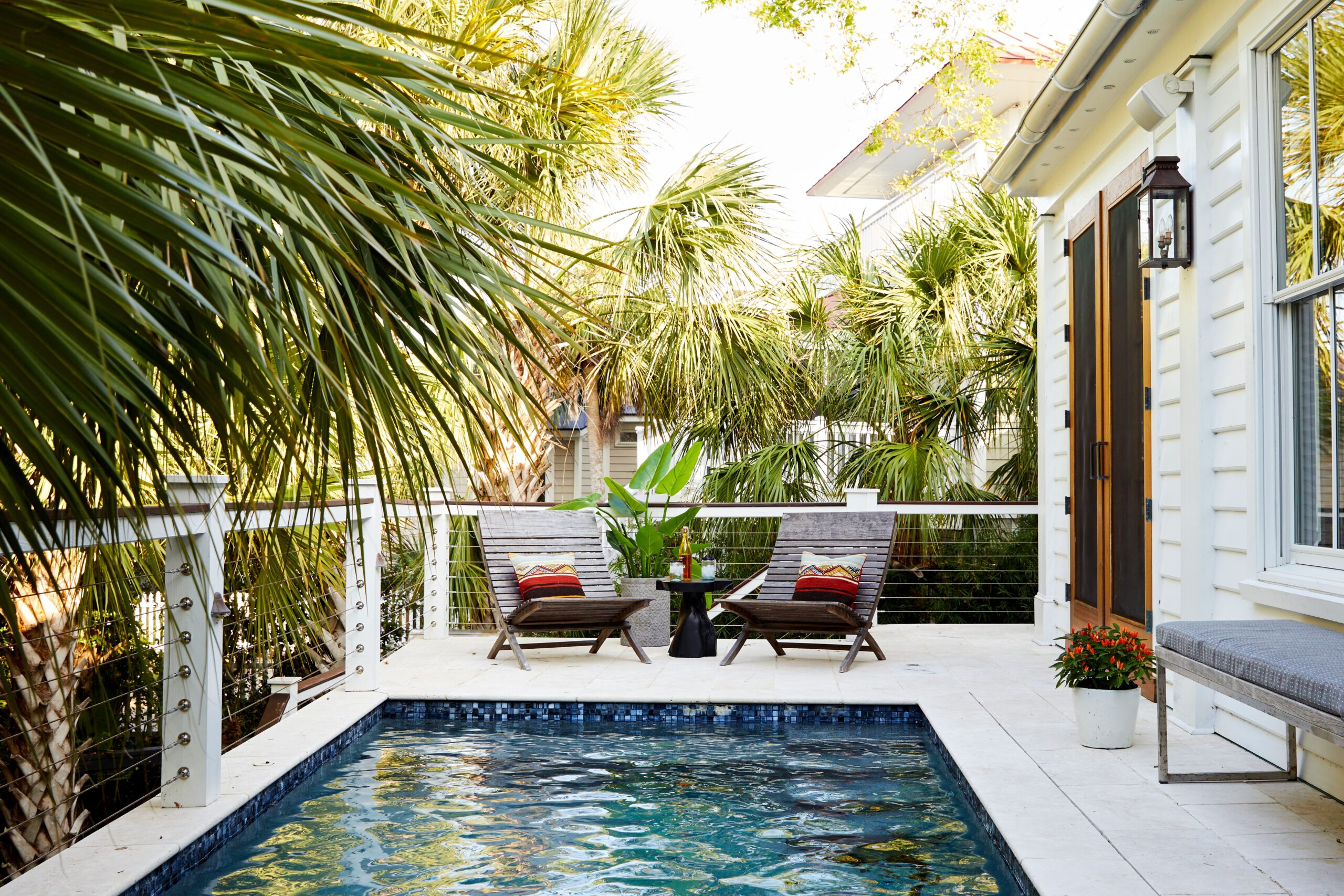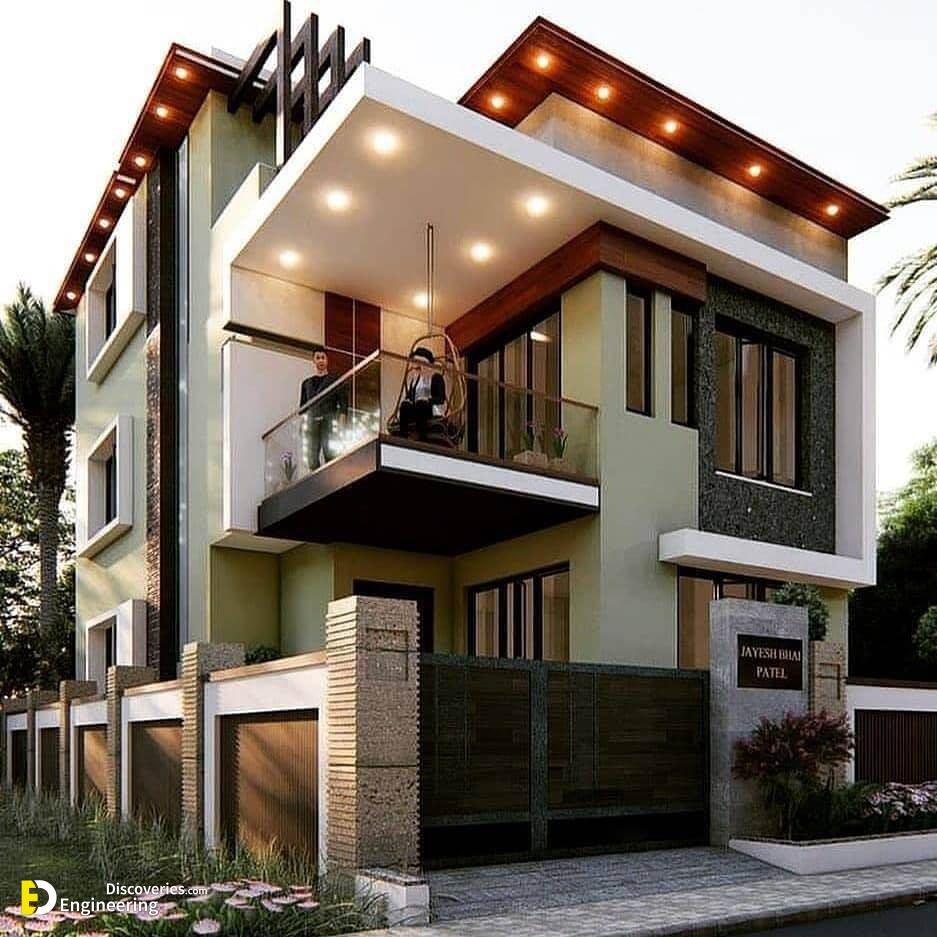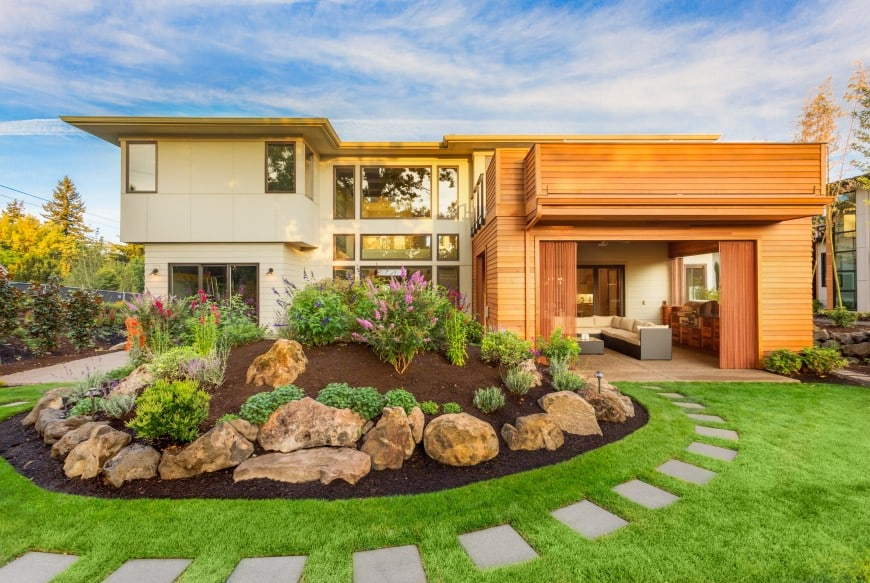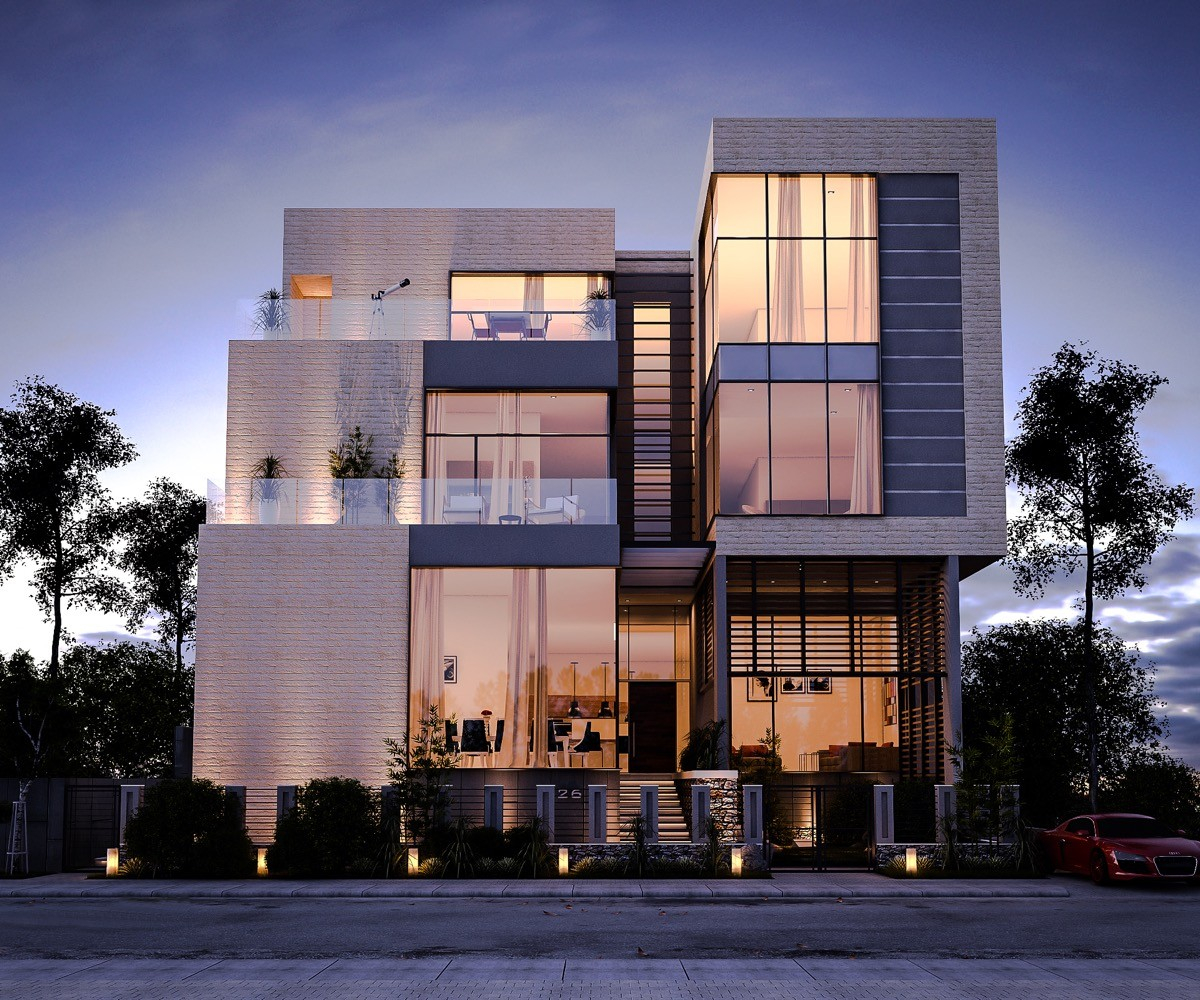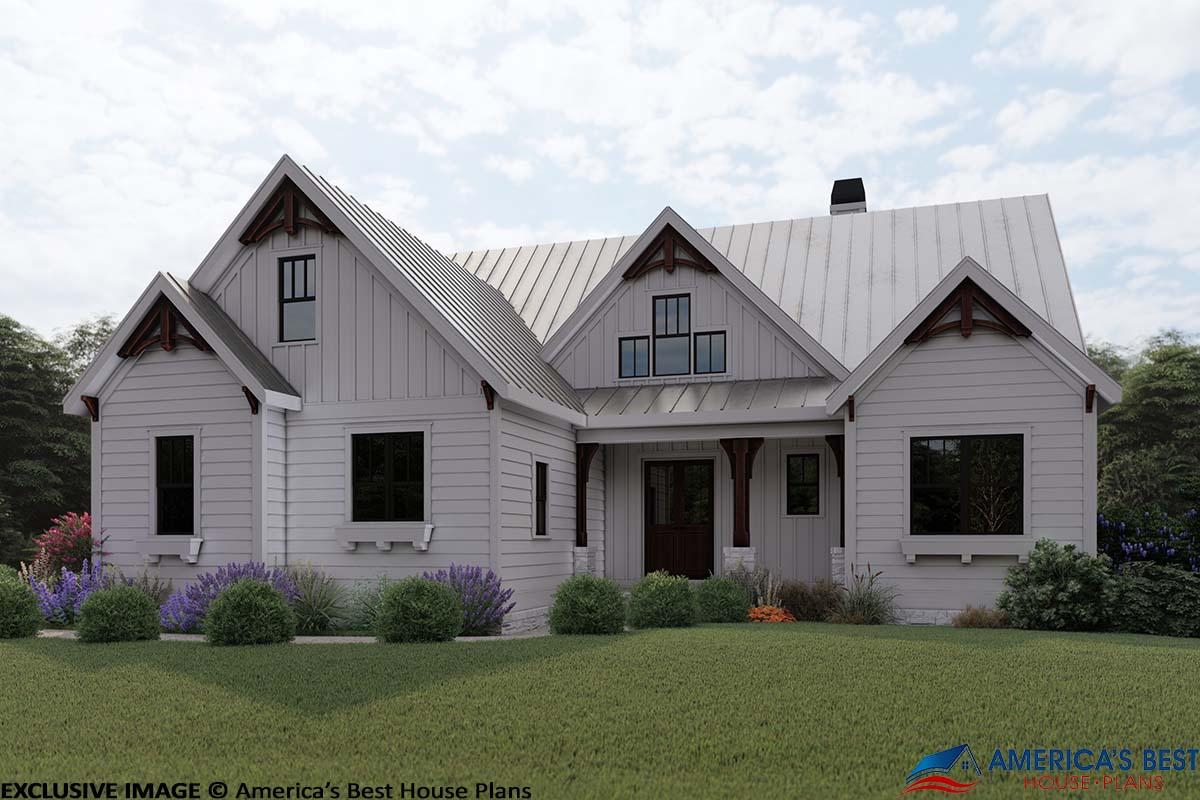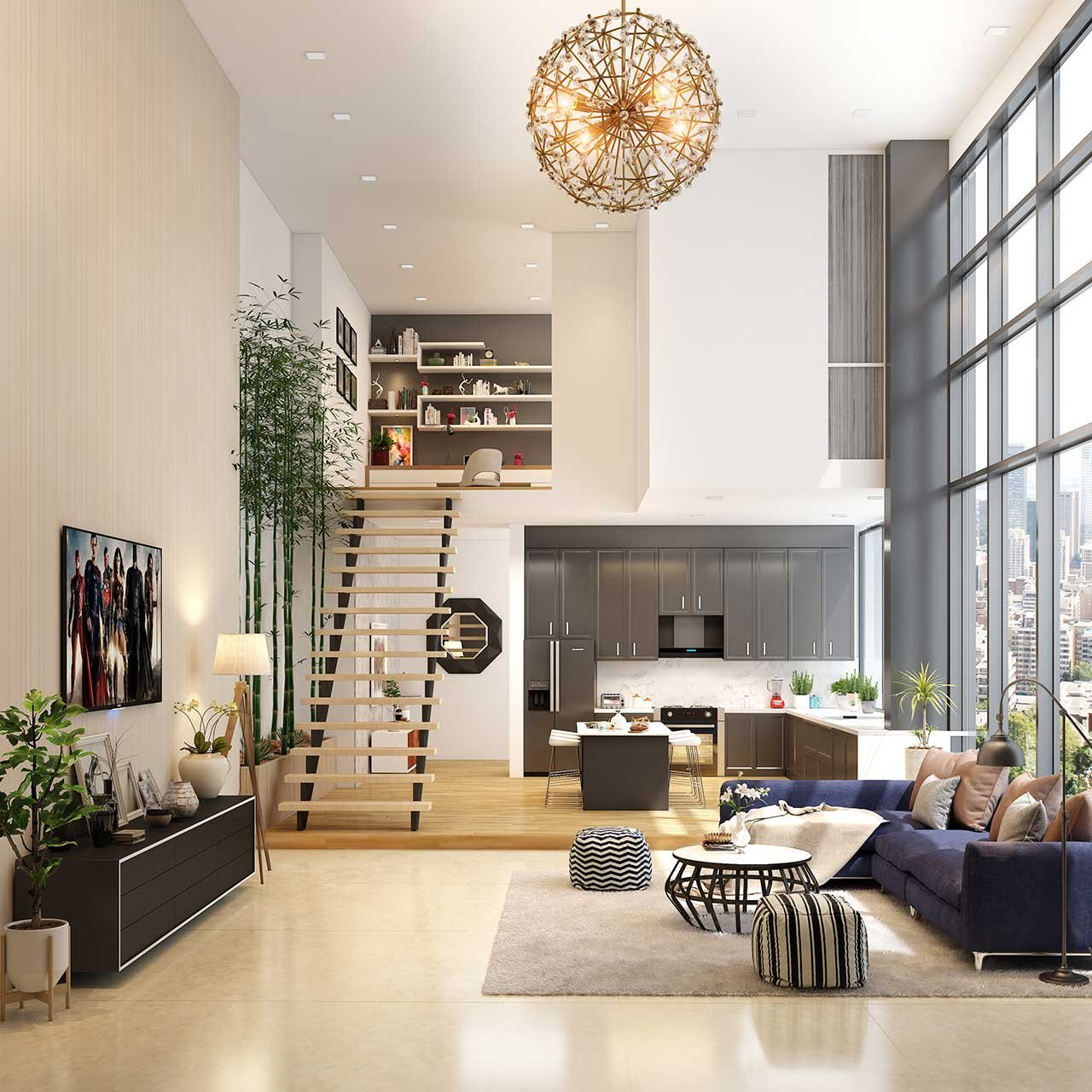Ever walked into a room and just felt… right? Like everything has its place, and you can effortlessly move around without bumping into things or feeling cramped. That’s the magic of good living room layout. It’s not just about shoving furniture together; it’s about crafting a space that feels welcoming, works for your lifestyle, and just makes sense. We’re diving deep into how to achieve that perfect blend of flow and function, turning your living room from a mere space into a truly livable area.
Think about your living room. Is it a place where you love to relax, entertain, or maybe just exist? Or does it feel a bit awkward, perhaps too cluttered or strangely empty? The way your furniture is arranged, or laid out, plays a massive part in how you experience that space. It influences everything from how easily you can move from the sofa to the kitchen to whether you can actually hear conversations over the TV. Getting the layout right is like solving a puzzle, but once you find the solution, the whole room just clicks. It’s about making sure every piece of furniture has a purpose and contributes to the overall harmony. Let’s explore how to make your living room work for you, not against you.
Understanding Your Space and Needs
Before you even think about moving a sofa, take a good long look at your living room and, more importantly, how you actually use it. What are its primary functions? Is it mainly for watching movies, hosting friends, reading, or perhaps a bit of everything? Jot down what activities happen there. Then, consider the room’s size and shape. Are there awkward corners, radiators you need to work around, or large windows that dictate furniture placement? Measure everything. Seriously, get out that tape measure. Knowing your room’s dimensions and your lifestyle’s demands is the bedrock of a successful layout. Without this foundational step, you’re just guessing, and that rarely leads to a well-functioning space.
Defining the Focal Point
Every great living room needs a star player, something that draws your eye and anchors the space. This could be a fireplace, a beautiful view from a window, a large piece of art, or even your entertainment center. Once you’ve identified your focal point, arrange your furniture around it. For instance, if your fireplace is the star, arrange seating to face it comfortably. If it’s the TV, make sure there’s a clear line of sight from the main seating area. This creates a natural center of attention and helps guide the placement of other pieces. It’s like setting the stage for a play; the focal point is your leading actor and everything else supports its performance.
Creating Conversation Zones
Good flow isn’t just about walking around; it’s about facilitating interaction. If you entertain guests, creating comfortable conversation areas is key. Arrange seating so that people can talk to each other without shouting or craning their necks. Typically, this means placing sofas and chairs within a reasonable distance from one another, often forming a U-shape or a circle. Avoid pushing all your furniture against the walls. Pulling pieces away from the perimeter can actually make the room feel larger and more intimate. Think about how people naturally gather in a room – they tend to cluster. Your layout should encourage this. A coffee table placed centrally can also act as a hub for these conversational clusters.
Traffic Flow: The Unsung Hero
This is where ‘flow’ really comes into play. Imagine people moving through your living room. Are they able to do so easily, or do they have to squeeze past furniture? You need clear pathways. Generally, aim for at least 2-3 feet of space for main walkways. Think about the natural routes people take – from the entrance to the sofa, from the sofa to a window, or to another adjacent room. Ensure these paths are unobstructed. Furniture placement should guide, not block, movement. Placing larger pieces like sofas and sectionals first can help establish these pathways. Don’t be afraid to experiment with different arrangements to see what feels most natural. Sometimes, a slight shift can make a world of difference.
Balancing Furniture and Space
It’s all about proportion. A massive sectional sofa in a tiny room will overwhelm the space, just as a small love seat in a cavernous room will look lost. Choose furniture that’s appropriately scaled for your room. Consider the visual weight of each piece, too. A heavy, dark sofa might need a lighter, airier chair to balance it out. And don’t forget negative space – the empty areas around your furniture. This is just as important as the furniture itself. It allows the room to breathe and prevents it from feeling cluttered or chaotic. Think of it as visual breathing room. You wouldn’t cram your closet full of clothes, would you? Your living room needs that same sense of considered space.
Lighting and Accessories: The Finishing Touches
Once the main furniture is in place, lighting and accessories can elevate your layout from good to great. Layer your lighting: have ambient (overhead), task (reading lamps), and accent (picture lights) lighting. This creates mood and functionality. Rugs are also your best friend for defining zones and adding warmth. A rug should be large enough so that at least the front legs of your main seating pieces sit on it. Side tables and ottomans should be within easy reach of seating. These details might seem small, but they contribute immensely to the overall usability and comfort of the room. They’re the elements that make a house feel like a home, a place where you truly want to be.
Creating a functional and flowing living room layout is an art, but it’s an art accessible to everyone. It’s about thoughtful planning, understanding how you use your space, and making conscious decisions about furniture placement. Remember to define your focal point, create inviting conversation zones, ensure clear traffic paths, and balance your furniture with the room’s scale. Don’t be afraid to move things around, live with a layout for a bit, and then tweak it again. The goal is to create a space that not only looks good but feels good to live in – a true sanctuary for relaxation and connection. Happy arranging.

